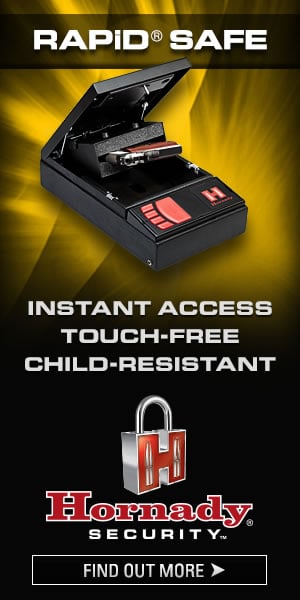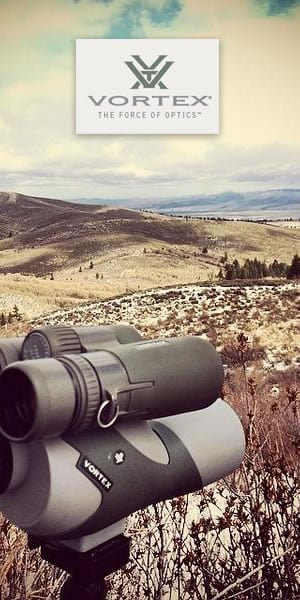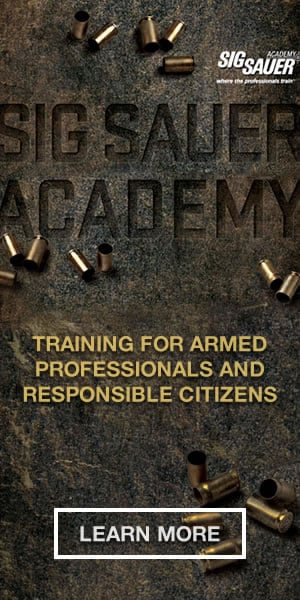I've carried a concealed off-duty handgun nearly every day of the past 35 years of my law enforcement career, using a wide variety of concealment methods and a wide variety of handguns. I have managed to keep from being detected by the public or other cops while carrying in various locales in this state and other states. This has been important in my career from both a tactical and a department rules and regs standpoint. Most police departments have rules against inadvertently exposing ones off-duty gun in public, with unpleasant penalties for officers who violate those rules.
One of the things I've learned is that there are few carry methods that are totally viable for each and every situation one encounters throughout the day or the year; especially in a state that experiences all four seasons of weather. Even though I normally utilize only one off-duty gun for almost all my off-duty carry, (usually my Smith and Wesson 642 .38 Special snubnose revolver) I carry it in a number of different rigs, selecting the one that works best for me depending on the conditions at the time.
There are three basic modes of firearms concealment that should accommodate any conceivable situation for those who carry lawfully concealed firearms. The mode you use at any given time will depend on the weather, your style of dress, and the situations and locations that you plan to be in. All three modes when properly understood and deployed, will effectively conceal handguns from public view.
1. Hidden in Plain Sight Mode
I have concealed large and small pistols for many years in a DeSantis Gunny Sack II, ranging from the aforementioned S&W 642 through 1911's, full-size Glocks, and the Beretta 92. The Gunny Sack II and similar products can be worn over apparel with or without a belt, giving the wearer a lot more warm weather clothing choices to wear with one single rig. Another plain sight option that I have used is the Taclett Jr. by Tuff Products. This small pouch clips to your trouser belt via a large metal clip on the back. The clips is so strong that I've found it easier to run my belt through the clip, rather than trying to force it over the top of the belt. Both these products allow quick and easy access to the gun, along with additional small item storage areas. There are also some systems that disguise themselves as cell phone cases to be worn on the belt. These require the carry of very small handguns, such as the .380 Ruger LCP., and sometimes another place to carry your cell phone. In any event, Hidden in plain sight systems are worn over clothing in most cases, and not concealed under it. However, these systems also work well under exterior coats or jackets when the weather turns cold. Concealment purses and sling packs also fall under this category. Make sure if you use either of these types of carry that you use a purse or pack designed for that purpose.
2. Basic Concealment Mode
The Basic Concealment mode involves concealing a handgun under clothing, where the clothing, rather than the holster, is doing most of the concealment work. I've labeled it as the Basic Concealment mode because it is the mode that is easiest to pull off, especially in cooler months. In the Basic mode, one holster type can be used with a wide range of clothing. When I carry in the Basic mode, I generally use some sort of belt slide holster (or occasionally a shoulder holster) that I adopt my clothing too. The Basic Concealment mode works with suits and sport jackets, underneath "concealment vests", sweatshirts, concealment shirts like those from 5.11 and Blackhawk, lightweight jackets, or simply t-shirts or other shirts worn untucked. It is important to use a belt holster that is a "high ride" model, that keeps most of the handgun above the beltline, so that you aren't having to constantly check to make sure your clothing is pulled over the gun. Revolvers, which have a grip that is normally smaller than most semi-automatic pistols, work extremely well in the Basic mode of concealment. Make sure the belt holster you select pulls the handgun as close to your body as possible, and always use it with a heavy weight belt. If you don't want to use a belt slide holster, a paddle holster may serve just as well. I have found over time that the Basic Concealment mode is very comfortable for long term carry.
3. Deep Concealment
The Deep Concealment mode is used when clothing is lighter, when a fanny pack won't do, or when there is an even stronger imperative to hide your handgun. When I worked as an undercover liquor investigator, and later as an undercover narcotics detective, I absolutely could not have my firearm discovered (drug dealers weren't so heavily armed as they are now), so using the Deep Concealment mode was the order of the day. There are really only two options available for those who need deeply conceal their handguns. The first option is to carry an extremely small handgun, such as the Ruger .380 LCP in a pocket holster or and inside the waistband holster. The small size and narrow width of this type of handgun does most of the concealment work, and allows you to carry it in the widest variety of "on the body" locations. I wish I had had an option like the Ruger LCP back in my "dope buying" days. The only handguns available in that size range back then were low powered .25 ACP or .22 LR semi-automatic pistol; sometimes of dubious manufacture. The Kel-Tec P380 is another similar sized option.
Larger handguns are out, unless you use an inside the waistband (IWB) type holster. Most of the models on the market these days have a "tuckable" feature. Tuckable IWB holsters allow you to tuck your shirt over the gun and into your pants for times when the untucked look just won't do. Most of these rigs have a belt clip or two that goes over the trouser belt. These clips may be noticeable to those in the know, or to folks who wonder what the clips are for. If you wear your cellphone over the clips in a horizontal mode, you can pretty much camouflage the belt clips. You can carry some fairly large handguns in an IWB holster; even guns the size of the mid-size Glock 19/23/32 will work for some users. Personally, I prefer a pistol in the mini-Glock 26/27/33 size range for longer term comfort, but the comfort level will vary from user to user.
The very best type of Deep Concealment rig I've used most often throughout my career has been the ankle holster. Gould and Goodrich & DeSantis make some of the best on the market. You can carry an effective handgun such as any Smith and Wesson or Charter Arms snubnose revolver, or pistols like the Walther PPK/s or handguns a bit larger. You do need to be mindful of pant length or how you cross your legs, but they work great and possess one advantage over all the other types of rigs I have mentioned. They put a handgun in the best position to foil and carjacking. The gun is easily reached, and can be drawn surreptitiously if needed without drawing a lot of attention. Ankle rigs are a great option, but make sure you select a model with adequate padding between your ankle and the holstered gun.
Find what options or carry modes work best for you, and don't limit yourself to only one mode of carry. And please remember the most important thing about concealed carry. Keep that handgun concealed and secure!


